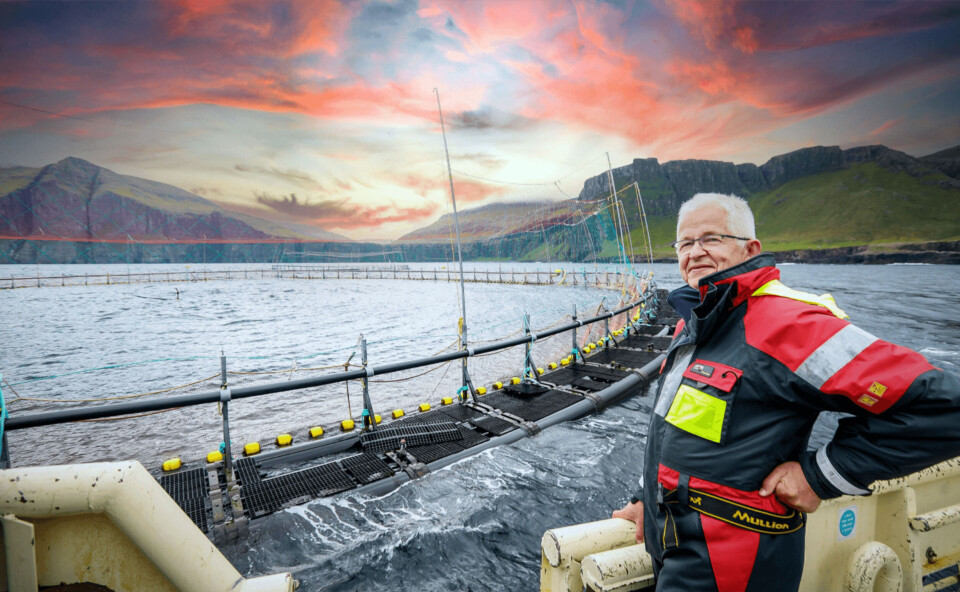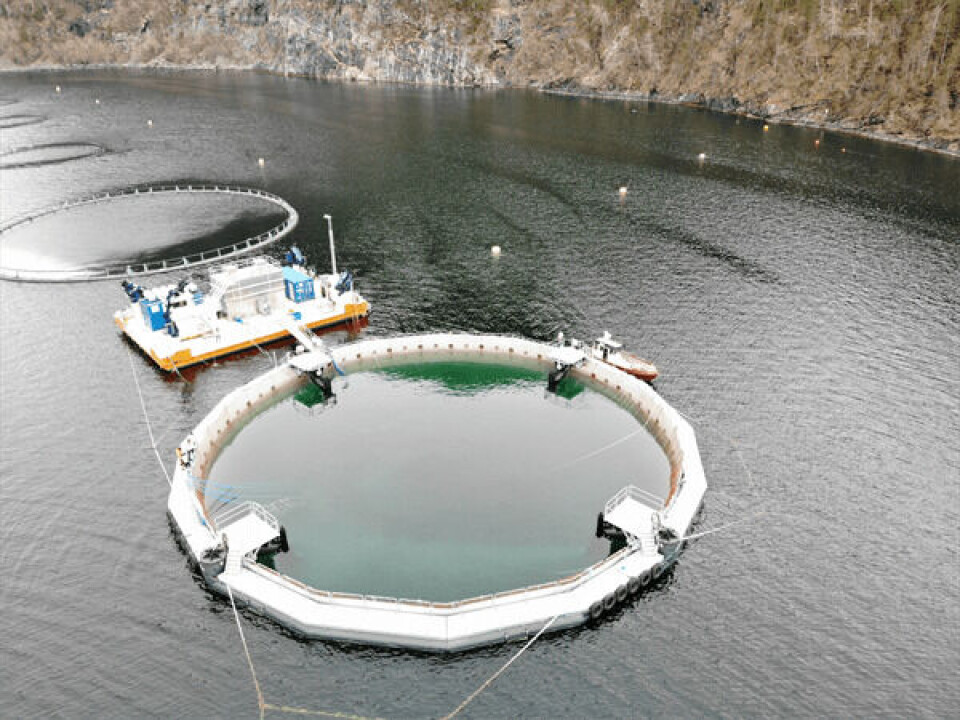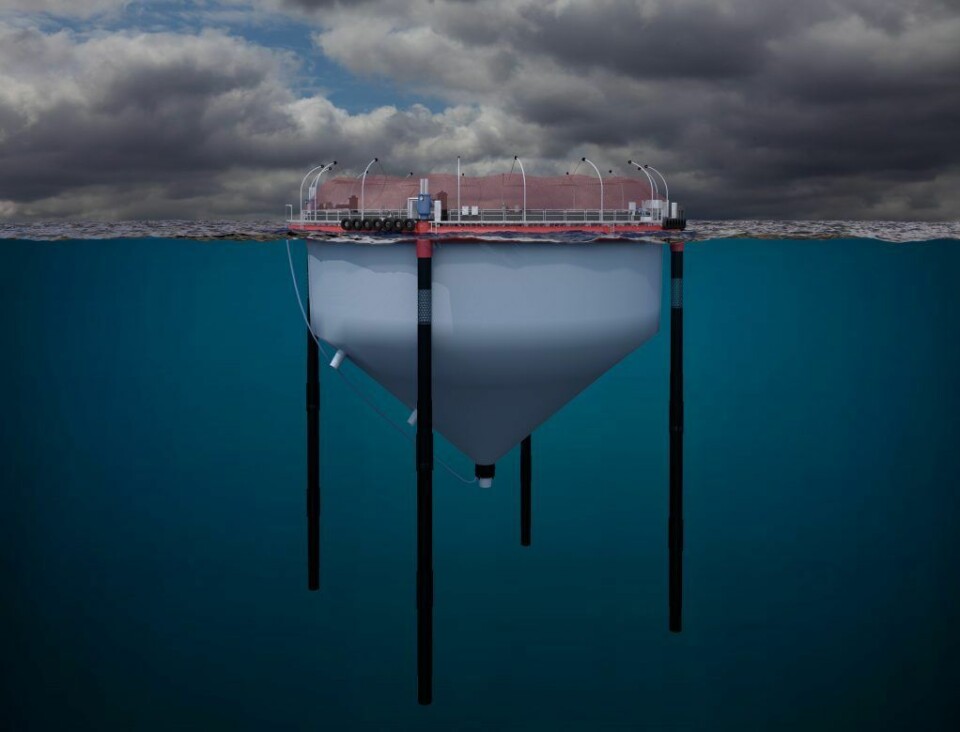
HiddenFjord slashing salmon time in sea to five months
Faroese salmon farmer HiddenFjord is planning to cut the time its salmon spend in marine net pens to an average of just five months by using floating closed cages for an intermediate growth stage.
The company, which will produce 18,000 tonnes gutted weight of salmon this year, has ordered two Certus 15000 cages from Norwegian firm Fiizk.
HiddenFjord already grows smolts to an average weight of 650g on land before stocking them in sea pens and now intends to grow them on to a size of 2kg in the Fiizk cages. This will reduce the time spent in net pens from 12-14 months to between four and six months, HiddenFjord managing director and co-owner Atli Gregersen told Fish Farming Expert.

£5m-plus investment
The cost of the equipment and associated expenses such as power and oxygen supply is expected to amount to more than £5 million. The primary driver of the investment is to reduce lice problems.
“When you put fish in a fallowed site, it takes around three months for sea lice numbers to reach a point where they start to become a problem,” said Gregersen. “The lice numbers will increase very fast after that.
“It will take about five months for the fish to reach harvest size after being stocked in the net pen, so the sea lice exposure is only effectively for two months.”
Gregersen plans to stock lumpfish in the cages with the salmon to control lice numbers and says HiddenFjord can also resort to mechanical delousing treatment, although he believes that might not be necessary.

PVC bag
The Certus 15000 cage has a volume capacity of 15,000m³ contained in strong industrial PVC bag, and is the same type of cage as those in use by SinkabergHansen in Norway and Cermaq Canada in British Columbia.
Water for the cage is drawn from deep in the water column, below where sea lice are normally found, and is filtered before it enters the cage. Fiizk will deliver HiddenFjord’s cages in the autumn.
As well as separating the fish from lice, floating closed cages also offer better protection against seal attacks, prevent wild fish entering cages and allow the collection of salmon faeces and uneaten feed, said Gregersen.
HiddenFjord is considering the possibility of piping waste from the cages to the open sea, preventing the build up of waste that can be found under net pens.
Five cages in total
Gregersen said the company was intending to buy a total of five closed cages to cover its entire production volume but wanted to make sure the concept worked as planned before committing to further investment.
“It looks very promising, but there may be problems,” said the farmer, who pointed out that although floating closed containment had been in use for several years in Norway, it was still on trial.
HiddenFjord has focused successfully on larger smolts and faster growth in the sea to increase production volume over the last few years. Production has increased by 50% from 12,000 gwt four years ago to an expected 18,000 gwt this year, and it has been achieved with 10% fewer fish in the sea.
Low density stocking, a greater reliance on remote feeding software, and top quality eggs have all contributed to low mortality and high quality fish, said Gregersen.























































